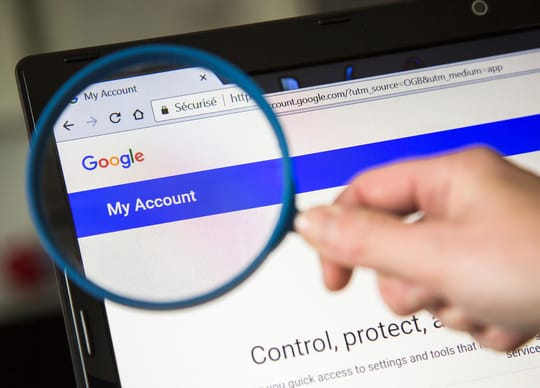
By Vinoth Venkatesan.
Do you know what happens to our digital accounts when we stop using them? This is a crucial question in the digital age because we are no longer keeping tabs on what’s happening with our dormant accounts; they can become targets for cybercrime.
Recent high-profile breaches targeted inactive accounts to steal data or generate money through ransomware. The Colonial Pipeline ransomware attack came from an inactive account that didn’t use multifactor authentication. Similarly, last year T-Mobile breach occurred from an inactive prepaid account accessed through old billing files. In summary, inactive accounts can pose a severe security risk.
This is where Google helps its users through the Inactive Account Manager. Here you can set up a timeline around when Google should consider your account inactive and whether Google should purge your data or share it with a trusted contact.
How does it Work?
Once you’re on the Inactive Account Manager screen under the My Account settings in Google, you need to set up below things:
- When the account should be considered inactive –You can choose 3, 6, 12, or 18 months of inactivity before Google can take action on your account. Google will inform a month before the designated time through an SMS message and an email sent to the address you provide.
- Who to notify and what to share – You can choose up to 10 people for Google to communicate once your Google account becomes inactive (they won’t be informed during setup). You can also decide what type of data you want to share with your trusted contacts. The data can consist of photos, contacts, emails, documents, and other information you specifically choose to share with your trusted contact(s). There is also an option to configure Gmail AutoReply, with a custom subject and message explaining that you’ve ceased using the account.
- How to clean up your account –Google can delete all its content or send it to your designated contacts after your account becomes inactive. Suppose you’ve decided to allow someone to download your content. In that case, they’ll be able to do so for three months before it gets deleted.
If you want to know what data is associated with your Google account, then head to the Google Dashboard, where you will be able to see the services consuming your data. If you use Gmail with the same account, you’ll no longer be able to access that email once your account becomes inactive. You’ll also be able to reuse that Gmail username.
Setting up an Inactive Account option is a simple step in protecting your data. Secure your account with this feature to ensure that your digital legacy is shared with your trusted contacts if you become unable to access your account.
About the Author:
Vinoth Venkatesan
Vinoth is a cybersecurity professional by heart with over two decades of experience in Information Technology and Cybersecurity. He is an Australian Computer Society (ACS) Senior Certified Professional in Cybersecurity and holds various industry-leading cybersecurity credentials. Vinoth loves to write about the latest cybersecurity happenings and blockchain-related articles.





